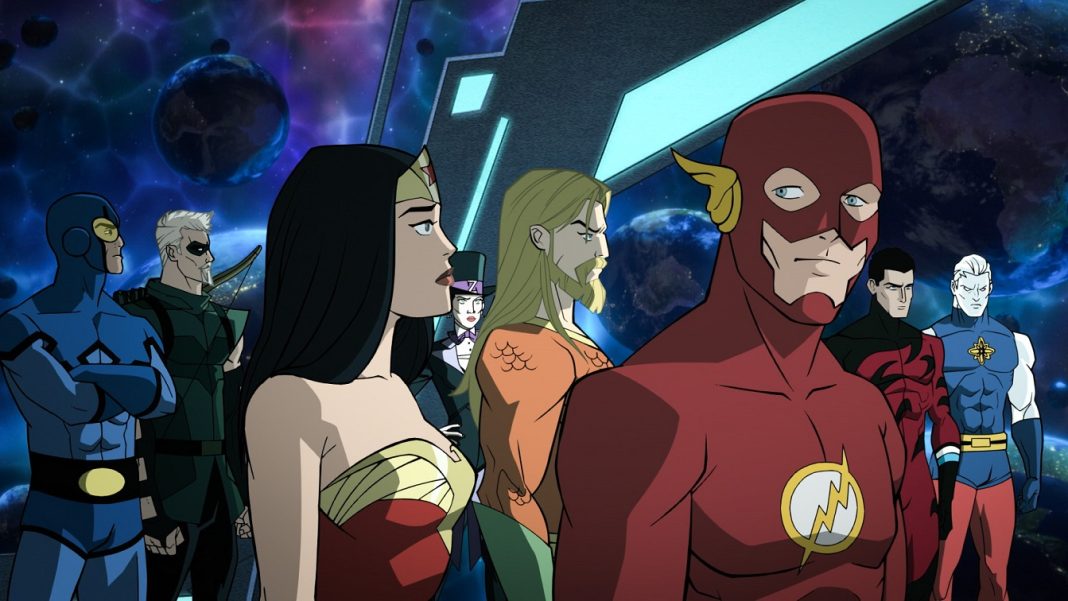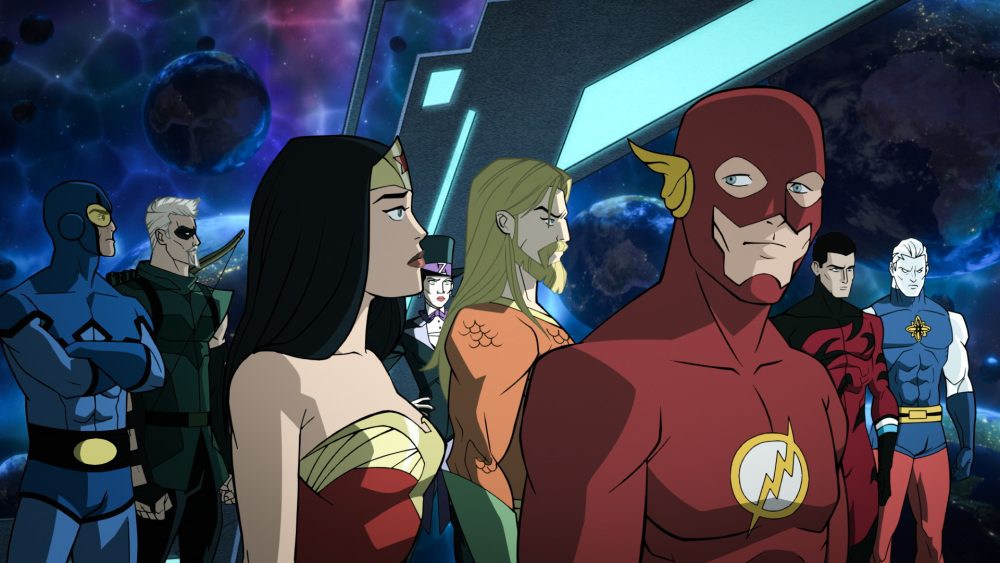As any true DC Comics fan worth their salt is aware, Crisis on Infinite Earths is still the gold standard by which event comics are measured. The twelve-issue maxi-series by Marv Wolfman & George Pérez featured hundreds of characters and spanned all of time and space and an untold number of alternate universes, plus an anti-matter universe thrown in for good measure. It was groundbreaking in its scope, and it truly reshaped the DC Universe for years to come. With a new era for DC on the horizon, it’s rather fitting that the iconic storyline get animated for animation with the Justice League: Crisis on Infinite Earths direct-to-video movie.
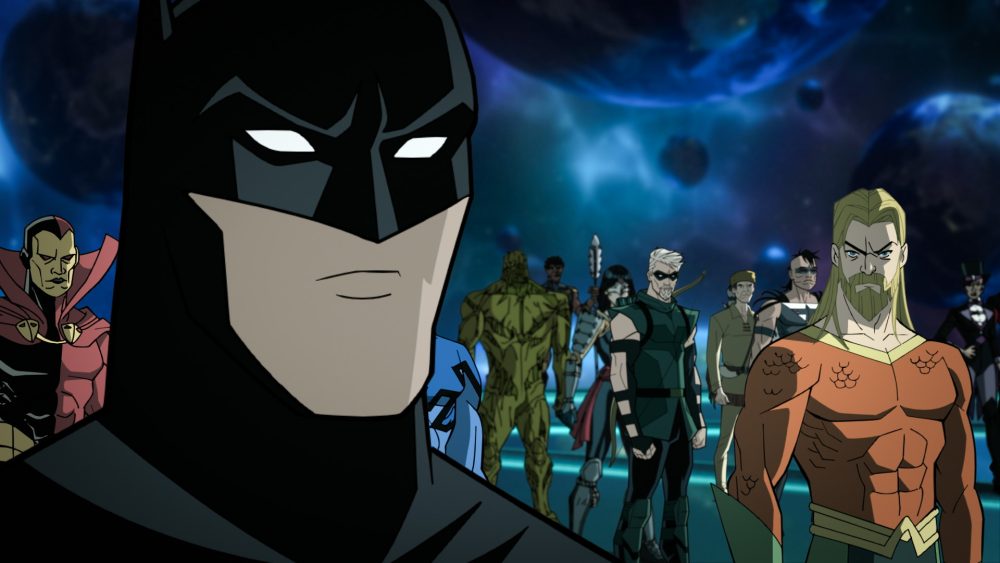
Spoilers ahead!
Taimur Dar: Obviously, this Justice League: Crisis on Infinite Earths animated film has been in the works for some time. People who have been paying attention probably picked up on clues and seeds you planted in previous projects like Psycho-Pirate in Justice Society: World War II or the homeless man in Green Lantern: Beware My Power How did adapting one of the most iconic DC storylines for animation come about?
Butch Lukic: Originally, me and Jim were given ten movies to produce and that’s it. Long Halloween was our first and we would finish into the Crisis universe. Everything in between we had to figure out along the way. We knew certain characters we were going to have to build up like The Flash and Supergirl but other characters we were whistling in the wind figuring out once we got to a certain script [how] can we use this character later to become Psycho-Pirate, which now you know. Also, the homeless guy in Green Lantern was already pre-planned that he was going to be Constantine.
Jim Krieg: Knowing that we had to go there, all these other films were to provide the assets and create the characters and also an emotional connection to the characters. If worlds live and worlds die, we have to care about the worlds by the time we get there. It was a real challenge because each of these individual movies have to tell a good story as well as be a source to create the models that we need. Even the dinosaurs in The Losers are all stuff we knew we were going to need. Go back and watch the [DC Showcase] shorts too.
Lukic: Even with ten movies we had to skip a lot. There’s no way we could have had everything otherwise we’d need twenty movies.
Krieg: The fact is if somebody offers you ten movies to tell this story, you can say, “I wish I had twenty,” but don’t say no to the ten. That’s a little career advice!
Dar: I wasn’t expecting it to be a non-linear narrative. It reminded me somewhat of Eternal Sunshine on the Spotless Mind. Those can definitely be challenging. By the time it came to directing, was the sequence of events pretty much locked in place with the script, or did you find yourselves still moving around and editing scenes?
Krieg: That’s a great question. Did you move it around or did you stick to the script?
Jeff Wamester: I think we stayed pretty close to the script. But there were definitely a lot of visual shots that we had to get to add in there to help let us know what was going on at the time. Some of those freeze shots like a bird outside or people pointing, that was [added] to help [the audience] know where we are by what’s going on so they can have a visual cue of where they are each time we come back to each of the characters and what it means to them.
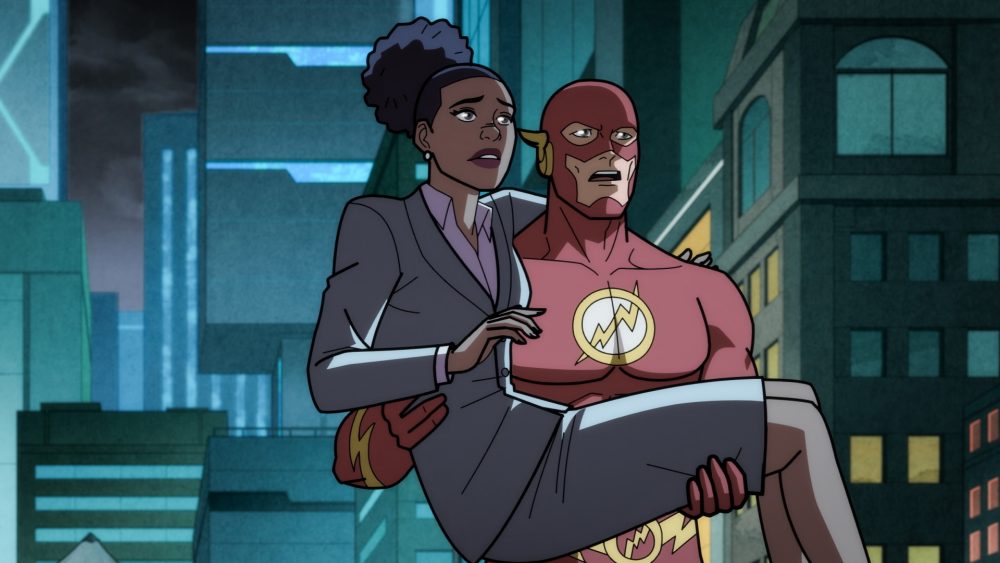
Krieg: And characters.
Lukic: It’s pretty much 95% of the script, but we did have to cut a couple of scenes out.
Krieg: So remember, if there are things that you wish were there, I had them in the script and they had to be eliminated by Butch. [Laughs]. When I wrote the outline, I did write the Amazo story and the Iris and Barry story, and then after they were written I shuffled them. I don’t think anyone thinks in that absolute non-linear way.
Lukic: And in each film, we had to figure out where we stop. In Part One we had to stop at a certain point. Same for Point Two. We had to stop where it’s a good enough cliffhanger. There was always that consideration.
Krieg: The thing that inspired the non-linear storytelling was Batman’s vision of The Flash dying. That was already in the books and I thought that was great. Barry is dying this entire time, but we don’t get to see where he is until we do. It felt like fair play because it was already in Crisis.
Dar: Since you began working on this, there’s been no shortage of multiverse related stories both good and bad.
Krieg: That has been the worst thing for us completely. When we started this, we felt like we had to explain the word “multiverse.” Literally the entire movie of Justice Society is to explain that there’s an Earth-2. By the time the movie came out, there were three franchises that were doing the multiverse. I’m like, “Do you think they’ll understand? I guess so!” Now it’s in Rick and Morty and just everywhere.
Lukic: Now we’re behind and following what they did unfortunately because animation takes that long to produce.
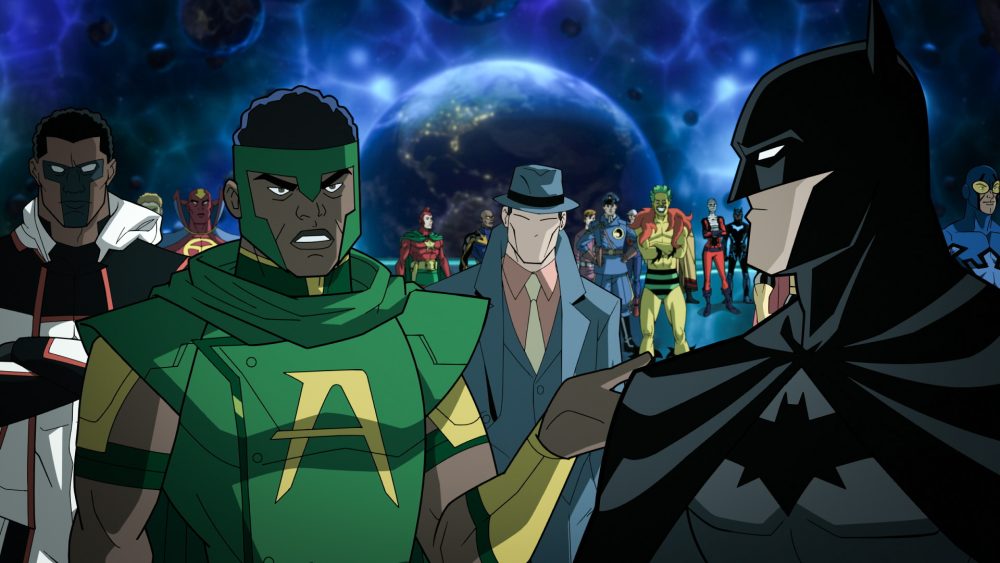
Krieg: So your question is, “How did we strike the perfect balance?” You’re great!
[Laughter]
Wamester: I think part of it was led by Butch. We wanted these characters to have some consequences to it. But we didn’t want to cut so hard in terms of the seriousness of it where it didn’t feel like it was oppressively on top of you the entire time. There needed to be a balance. Jim brought a lot of humor and we just added a little bit of consequence. We were always bringing it back to being human.
Krieg: Barry is not quippy. He’s not James Bond going, “He got the point.” Barry is funny because his character is funny. He’s not trying to get a laugh. He’s a little bit of a goofball in the sweetest way. He’s not edgy and trying to get one over you with his wit. He’s just lovable. It’s a different kind of comedy. Those Marvel movies are great, but there is a sense of everybody saying something funny and everybody is a comedian. Certainly, that was not what we were going for.
Lukic: Jim was the right guy to write this because he does bring a good element of the comedy stuff. But for other characters it would have been too dry. I think he has more of a natural ability to write that. He kind of tempered himself because he does want to overwrite some of the comedy. But he controlled himself.
Krieg: No, you controlled me! I rely on my teammates to say that was a joke too far.
[Laughter]
Lukic: All the fart jokes are out.
Krieg: There’s a gag reel of just Batman farting.
Dar: Finally, what can you tease about Part Two to excite fans?
Lukic: There are going to be new characters in Part Two that aren’t in Part One and a few of them are from earlier periods in our animation career.
Justice League: Crisis on Infinite Earths Part One is available now on Digital and is available to purchase on 4K UHD in limited edition SteelBook packaging and Blu-ray on January 23.


